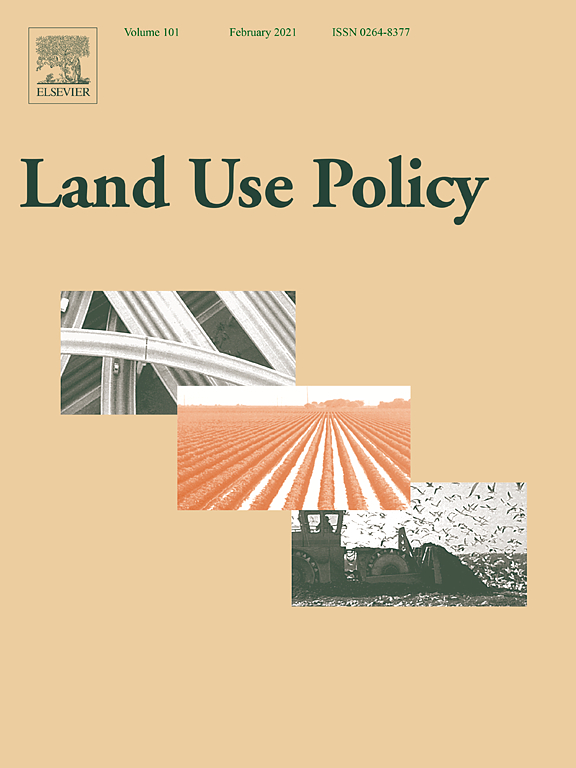Land Use Transition and Driving Forces in Chinese Loess Plateau: A Case Study from Pu County, Shanxi Province
Land use transition is essentially one of the manifestations of land use/cover change (LUCC). Although a large number of studies have focused on land use transitions on the macro scale, there are few studies on the micro scale. Based on the data of two high-resolution land use surveys, this study used a land use transfer matrix and GeoDetector model to explore the spatial-temporal patterns and driving forces of land use transitions at the village level in Pu County over a ten-year period. Results show that Pu County has experienced a drastic process of land use transition.


